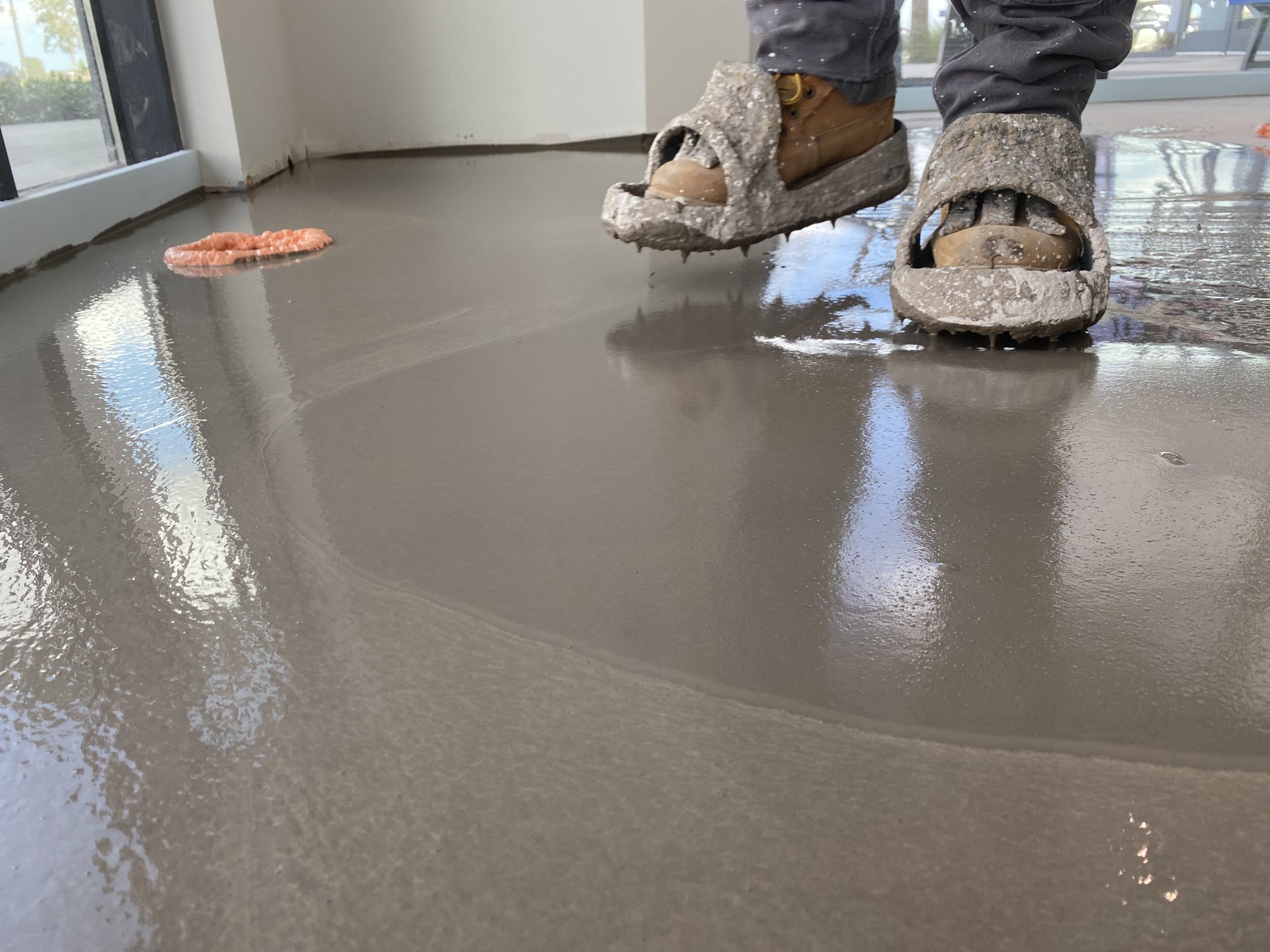Installing Self-Leveling Concrete on Plywood: What You Need to Know
Self-leveling concrete is a great option for creating a smooth and level surface for flooring installations. While it is commonly used on concrete subfloors, it can also be used on plywood subfloors with proper preparation and installation techniques. Here's what you need to know about installing self-leveling concrete on plywood.
Why Install Self-Leveling Concrete on Plywood?
Plywood subfloors are a popular option for flooring installations due to their durability and affordability. However, they can be uneven and may require leveling to create a smooth, level surface for flooring installations. Self-leveling concrete is a great option for leveling plywood subfloors, as it can create a seamless and level surface for your flooring installation.
Preparing the Plywood Subfloor
Before installing self-leveling concrete on a plywood subfloor, it is important to prepare the surface properly. Here are the steps involved in preparing the plywood subfloor:
Clean the Surface: The plywood subfloor should be clean and free of any debris, dirt, or dust. Use a vacuum cleaner to remove any loose debris from the surface.
Sand the Surface: Sand the surface of the plywood subfloor to create a rough texture that will help the self-leveling concrete adhere to the surface. Use a coarse-grit sandpaper to sand the surface, and ensure that the entire surface is sanded evenly.
Seal the Surface: Apply a layer of sealant to the plywood subfloor to prevent moisture from affecting the self-leveling concrete. Allow the sealant to dry completely before installing the self-leveling concrete.
Installing Self-Leveling Concrete
Once the plywood subfloor has been properly prepared, you can begin installing the self-leveling concrete. Here are the steps involved in installing self-leveling concrete on a plywood subfloor:
Mix the Self-Leveling Concrete: Follow the manufacturer's instructions to mix the self-leveling concrete material. Mix only the amount of material that you can use within the specified time frame, as self-leveling concrete dries quickly.
Pour the Self-Leveling Concrete: Pour the self-leveling concrete onto the plywood subfloor and spread it out using a trowel or other tools. Ensure that the concrete is spread evenly and reaches all corners of the room.
Allow to Dry: Allow the self-leveling concrete to dry completely before installing any flooring materials on top. The drying time can vary depending on the thickness of the self-leveling concrete layer and the ambient temperature and humidity.
Conclusion
Installing self-leveling concrete on a plywood subfloor can create a smooth, level surface for your flooring installation. With proper preparation and installation techniques, you can achieve a seamless and durable flooring surface that will last for years to come. Whether you're installing new flooring or renovating an existing space, self-leveling concrete is a great option to consider for leveling your plywood subfloor.


